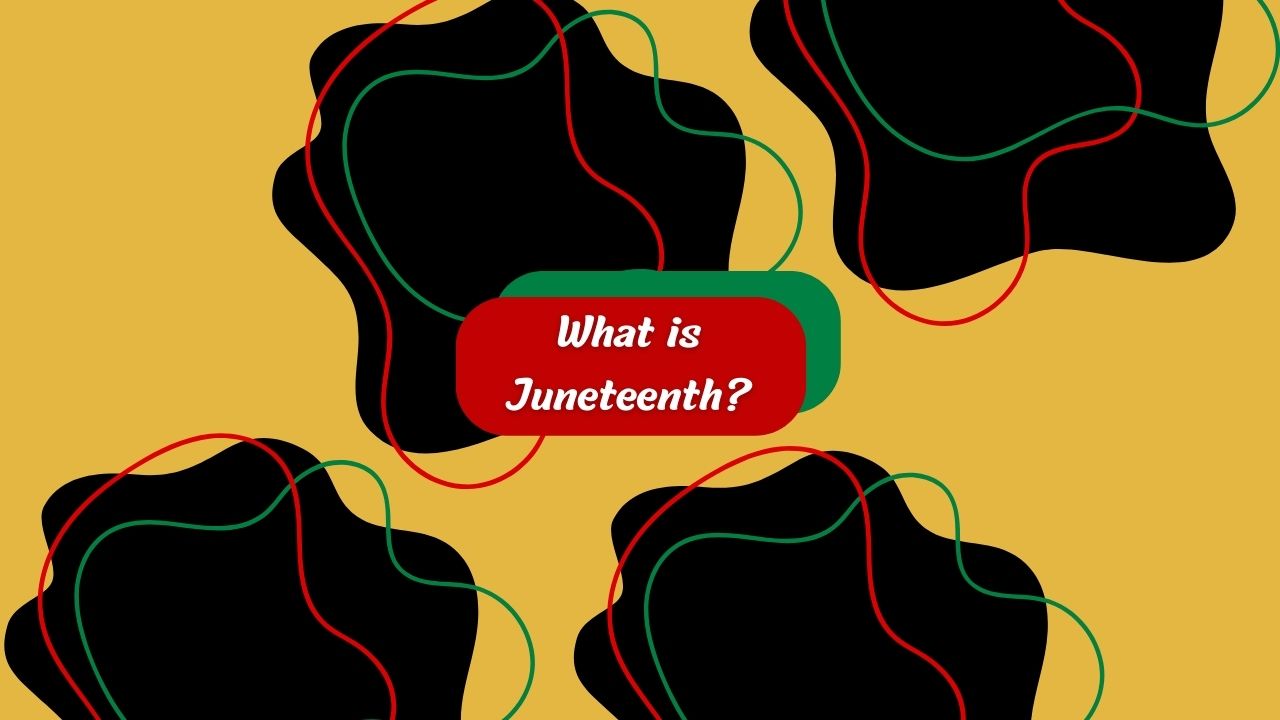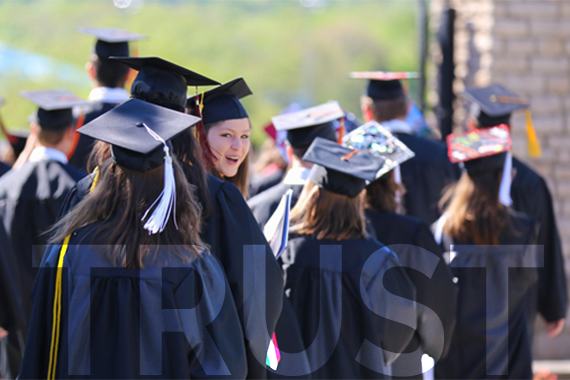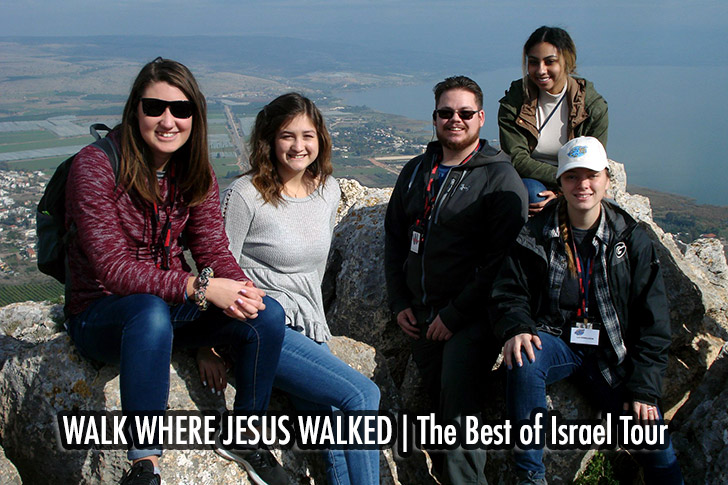
From the Preface of the book In Global Warming We Trust: Too Big To Fail by Anthony J. Sadar, Geneva College Part-time Faculty and Meteorologist, and Stairway Press.
One hundred and sixty miles above the Arctic Circle, on the shores of the icy Chukchi Sea, lies a lonely military outpost, one of the many forgotten sentinels protecting the United States. Here at Cape Lisburne, Alaska in the summer of 1977, I began my career in atmospheric science. RCA Service Company hired me a year after I graduated with a BS degree in meteorology to provide civilian observations for the Air Force Weather Service Agency station along the arctic shoreline and to train non-military radar technicians to do the same.
The sky that summer was mostly cloudy, temperatures were quite cool, and rain and mist were frequent. Though it snowed on July 5, on two days temperatures hit 70°F.
On this small military base I experienced wilderness life. For a weather observer who grew up in Pittsburgh, Pennsylvania, daily life in the wilds of Alaska was anything but dreary. That summer, I spotted numerous species of birds and small mammals, and brown bears and caribou frequently appeared on the plains near the base.
One day dozens of magnificent caribou were grazing contently in the lush tundra not far from the majestic mount upon which the base’s radar dome and meteorological tower were installed. In the less pastoral setting just outside the compound’s kitchen, bears of various sizes tried their luck at dumpster diving. On one occasion, a small bear wandered into the main building of the base and had to be carefully ushered outside before it was missed and rescued by a protective, angry mother bear.
An undeniable treat for any weather observer was witnessing the aurora borealis. Cape Lisburne happens to be located within the Northern Hemisphere’s maximum auroral frequency zone. On most dark nights the aurora was visible. (I say dark nights because in the summer, the area above the Arctic Circle is known as the “land of the midnight sun”—the sun dips close to the horizon, but never actually sets.) There were times when the entire sky, from horizon to horizon, was filled with an awesome light show—a palette of mostly fluorescent lime green hues, gently swaying and swirling.
Several weeks before departing Cape Lisburne, I experienced the kind of anomaly only encountered in the field. The wind direction and speed sensor located on the adjacent hilltop weather tower ceased operating. Upon inspection, it was discovered that the four-foot long, bright orange and black instrument—a propeller weathervane that looks like an airplane without wings—had been mauled, most likely by a bear. I inspected the equipment and tower and ordered a new prop-vane.
A couple of weeks before heading back to Western Pennsylvania, the new equipment arrived. Not wanting the new unit to be attacked again, I asked around the base for some ideas on how to dissuade curious critters. The cook recommended using garlic, because bears supposedly hate garlic. So before installing the new unit, I smeared it thoroughly with a homemade garlic paste. For my remaining time in the arctic chill, the equipment operated without interruption.
Later, working as an air pollution technician in the Midwest and subsequently in research and supervisory roles elsewhere, I again encountered interaction between the biosphere and the atmosphere, though mainly from birds nesting in and otherwise disturbing ambient air monitors. Each time effective deterrents had to be improvised to prevent equipment damage and data loss.
Though dealing with the encroachment of wildlife on meteorological instruments was challenging, the most important work that I’ve performed over my career has involved the public: assessing the impact, air quality-wise, on local communities from hazardous material incidents and natural events. My classroom education complemented by in-depth field studies has enabled me to objectively and dispassionately evaluate the potential health hazards in such situations. And having a background in both theory and practice helped me when I needed to provide residents with an accurate and reliable, yet understandable and timely, investigative report. Numerous times fears from imagined harm were alleviated, while real problems were cooperatively addressed with effective action. Scientists can attract attention by playing to the public’s fears, but they serve the public best when they identify and help implement solutions.
Overall, my experience with observations, data collection, incident evaluation, technical communication and the general public is not that unusual. It is part of the vast knowledgebase assembled from the real-world experiences of thousands of atmospheric scientists above and below the Arctic Circle. I draw attention to this expertise not to put down others or invalidate the work they perform, such as theorizing and modeling, but to showcase a group of workaday scientists who appear to have been disenfranchised by contemporary climate science. For whatever reason, climate science is run almost exclusively by the officialdom of the academic community.
Experienced practitioners outside the academy have a lot to offer in terms of perspective, insight, tolerance and just plain common sense. Indeed, these qualities, along with humility, are sorely needed in today’s climate science. Theoretical and practical knowledge and skills must be better integrated to solve the most challenging environmental and societal issues the world is presently experiencing or will soon experience.
- More information on Professor Sadar's book is available at http://globalwarmingtrust.com/
Opinions expressed in the Geneva Blog are those of its contributors and do not necessarily represent the opinions or official position of the College. The Geneva Blog is a place for faculty and contributing writers to express points of view, academic insights, and contribute to national conversations to spark thought, conversation, and the pursuit of truth, in line with our philosophy as a Christian, liberal arts institution.
May 18, 2017UncategorizedRelated Blog Posts
Request Information
Learn more about Geneva College.
Have questions? Call us at 724-847-6505.











 Online Course Login
Online Course Login